Water leaks from refrigerators can be a pain since they can cause rust and other damage to your RV, making your camping trip a lot less fun. So why is your RV fridge leaking water, and what can you do to fix it?
Key Takeaway: 11 Reasons That Cause Your RV Fridge to Leak Water
1. Blocked Drain Hose
2. Cracked Drain Pan
3. Door Seal is Damaged
4. Overfilled Fridge
5. Incorrect Temperature Settings
6. High Humidity
7. Ice Build-up in Freezer
8. Faulty Water Supply Line (if connected)
9. Improper Installation
10. Malfunctioning Thermostat
11. Worn-out Water Inlet Valve
While some condensation from your RV fridge is considered normal, an excess of water often means there is an underlying issue with the refrigerator. Keep reading to learn about the many reasons RV fridges leak, how to stop a leak, and ways to prevent it from happening.
Disclaimer:
Due to the wide variety of RV fridges, We cannot provide personalized technical advice. Our information is intended for general educational purposes only and should not be construed as specialized technical advice for any specific situation. Any decisions made based on information provided by us are the sole responsibility of the individual. It is always recommended to seek additional advice from a professional before making any critical mechanical changes or repairs to your RV.
How Do I Fix a Leaking RV Fridge?
Some popular RV refrigerators, including Everchill and Norcold, are prone to leaks, especially if they have an icemaker attached.
Yet, typically, these problems are easy to fix. It just depends on why the water is leaking in the first place.
Certainly, a leaking fridge in an RV can be a nuisance and potentially damaging if not addressed promptly. Below is a table outlining common issues that may cause an RV fridge to leak water, along with brief solutions for each problem.
Always refer to your RV fridge’s user manual for specific troubleshooting steps and safety guidelines. If you’re not comfortable performing these tasks yourself, it’s advisable to consult a professional for repairs.
Table of some common causes of leaking RV fridges are:
| Common Issue | Why It Causes An Issue | Brief Solution |
|---|---|---|
| Blocked Drain Hose | Prevents condensation from draining, leading to overflow. | Locate and clean the drain hose to allow water to flow freely. |
| Cracked Drain Pan | Allows water to leak out instead of being collected and evaporated. | Replace the drain pan or seal the crack with a waterproof sealant. |
| Door Seal is Damaged | Allows warm air to enter, causing more condensation. | Inspect the door seal and replace it if necessary. |
| Overfilled Fridge | Blocks air circulation, leading to poor evaporation of condensation. | Remove some items to allow for proper air circulation, which aids in evaporation of condensation. |
| Incorrect Temperature Settings | Too warm or too cold settings can lead to condensation or ice issues. | Adjust the temperature settings according to the manufacturer’s guidelines. |
| High Humidity | Increases condensation, which may overwhelm the drainage system. | Use a dehumidifier or improve ventilation to reduce humidity levels. |
| Ice Build-up in Freezer | Melting ice can leak into the fridge or outside it. | Defrost the freezer and remove any ice build-up. |
| Faulty Water Supply Line (if connected) | Causes water to leak directly from the source. | Check the water supply line for leaks and replace if necessary. |
| Improper Installation | May cause uneven drainage or pooling of water. | Ensure the fridge is level and properly installed according to the manufacturer’s instructions. |
| Malfunctioning Thermostat | Incorrect temperature regulation can lead to condensation issues. | Replace or repair the thermostat. |
| Worn-out Water Inlet Valve | May leak water into the fridge or its surroundings. | Inspect and replace the water inlet valve if it is leaking. |
It may be difficult to identify the cause of the leaking if you aren’t sure what to look for. So, let’s dive deeper into the top 5 common issues and how to diagnose them.
First, unplug and defrost your RV fridge completely; this includes the ice maker. Once you’ve done that, pull it from the wall to start your examination.
#1 Blocked or Loose Drain Tubes
Once you have turned off the refrigerator and pulled it from the wall, you can inspect the drain line to ensure it has no blockages.
A common sign of a blocked drain tube is water leaking or dripping on the inside of the refrigerator.
To begin, open up the refrigerator and look for the drainage hole within the tray for excess condensation. The drainage hole allows the excess condensation to drain into the drainage pan, typically located behind the refrigerator.
To see if the drain tube is clogged, insert a long piece of wire or a drain cleaning tool into the hole. This will remove any blockages within the tube.
After clearing the line, clean it with baking soda and flush it with hot water. You could also use a liquid drain cleaner.
After this, be sure to check the drain tubes are connected tightly. If the drain tubes come loose, the water will not make it to the evaporation pan, draining on the inside of the fridge.
#2 Blocked Drain Plug
If your drainage line isn’t clogged and is connected properly, the leaking could be from a clogged drainage plug.
The drainage plug is at the end of the drain line, which keeps unwanted debris from entering the tube. Yet, sometimes, these become blocked with dust and other debris.
To check the drain plug, remove the back panel of the refrigerator.
Look for a white rubber tube leading to the evaporation pan. Once located, remove the drainage plug from the end of the tub.
Clean the plug under running water or blow on it to remove any debris. Once it is completely clean, you can put it back in the end of the drain tube.
Then, test your drainage tubes and drain plug by pouring water down the drain hole. Look for water leaking in your RV fridge at this time.
If you don’t see water leaking now, you have solved the problem and can put your refrigerator back in place.
#3 Faulty Door Seals
If blocked drain tubes aren’t the culprit behind your leaking RV fridge, then it could be caused by faulty door seals.
If the refrigerator door isn’t closed properly, water condenses, and droplets form on the inside of the refrigerator.
Gather a dollar bill or a flat piece of paper, insert it into a section of the door seal, and close it.
Then, try to pull it out. If there is resistance, then that section of the seal isn’t damaged. If there is no resistance, the door seal is damaged.
Continue this test until you have tested all portions of the door seals.
If you were able to pull the paper without resistance at any time, you need to replace your door seals to prevent further water from dripping.
#4 The Fridge Isn’t Level
If your door seals and drain tubes aren’t the cause of the water leak, then your refrigerator may not be level.
If your fridge isn’t balanced properly from left to right, it can cause condensation around the coils and cause water or cooling chemicals to drip to the floor.
If this is the case, use a level and ensure your refrigerator is leveled from side to side and front to back.
#5 Clogged Inlet Tubes/Valves to The Ice Maker
Norcold and Everchill refrigerators with ice makers tend to leak water after a few years due to the inlet tubes and inlet valves.
To check the inlet tubes and valves, remove the refrigerator panel.
Check to ensure that the valve isn’t loose, clogged, or damaged. You can use a multimeter to check for resistance.
If it appears to be faulty, turn off your refrigerator and replace the inlet valve.
How Do I Prevent My RV Fridge From Leaking?
To prevent your RV fridge from leaking, be sure to clean the drainage tube and plug often.
Limit the amount of time the refrigerator remains open, and always shut it all the way.
Remember, all RV refrigerators leak a bit, but with proper care and usage, you can keep the condensation to a minimum.
Final Thoughts
Water dripping in or around your RV fridge can be a nuisance, but you can stop it by ensuring there are no blockages in the drain tube or plug and making sure they are connected properly. If worse comes to worst, you may need to call a professional, but typically, a leaky fridge can be solved by checking the door seals, drainage tubes, and inlet valves are working properly.


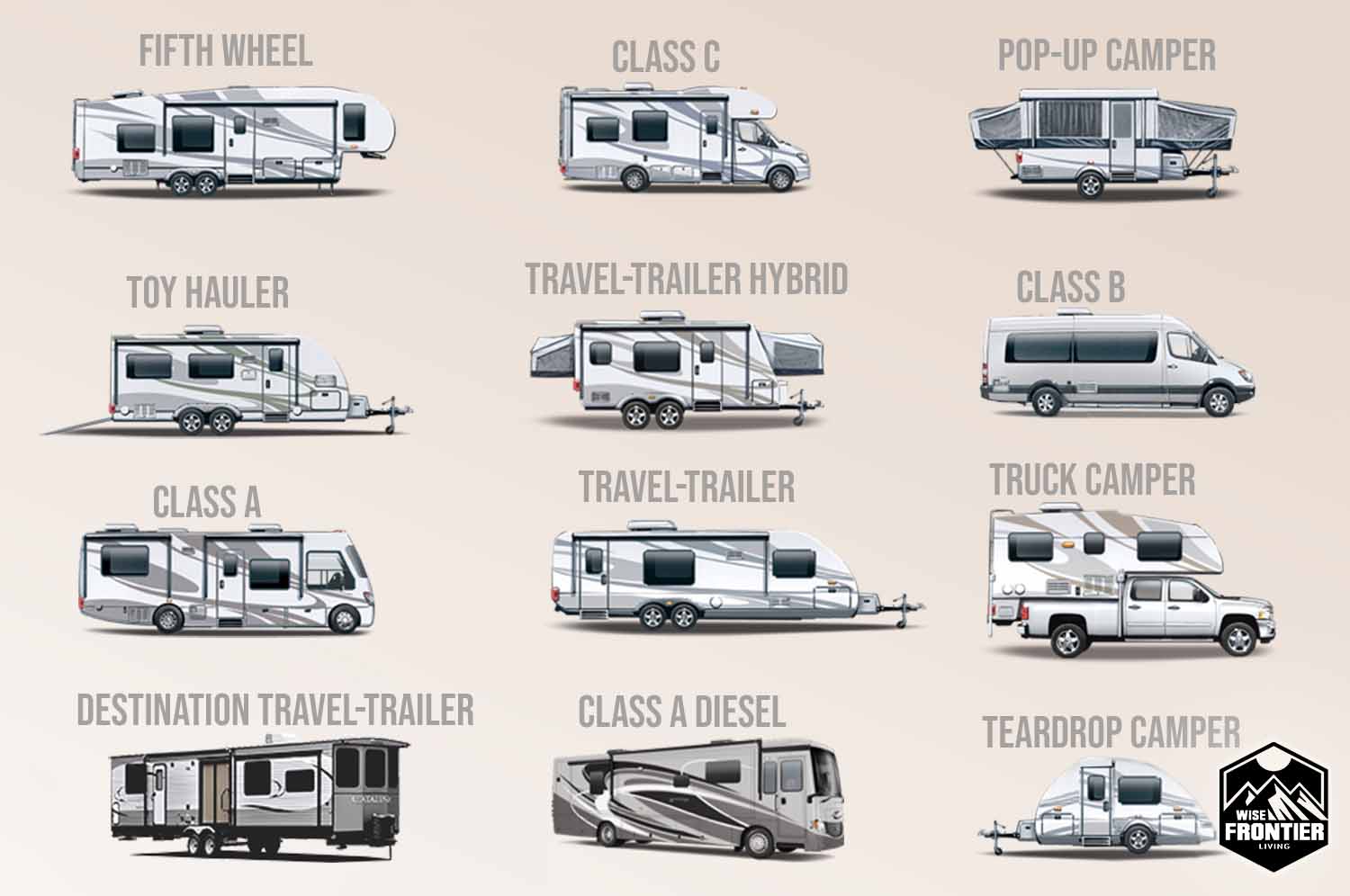
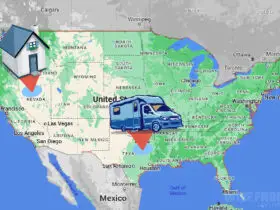
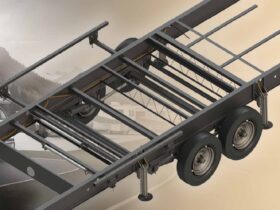

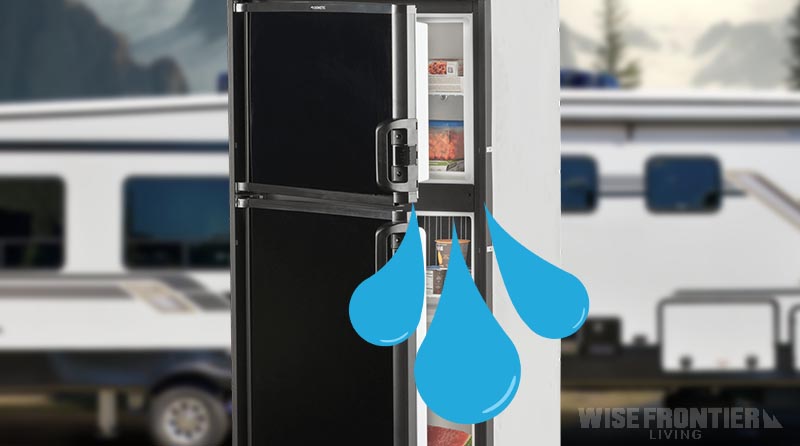
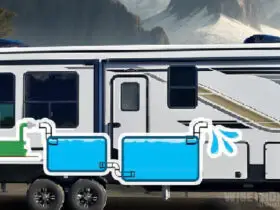
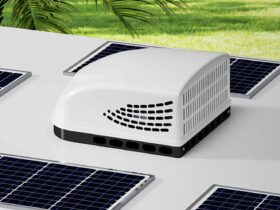
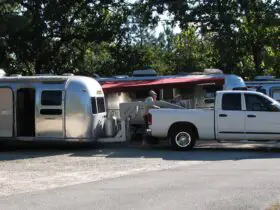
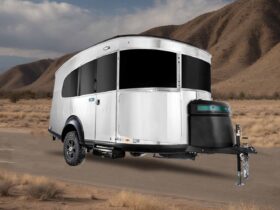
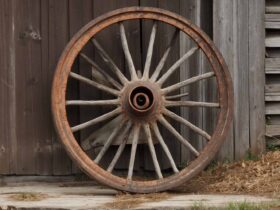
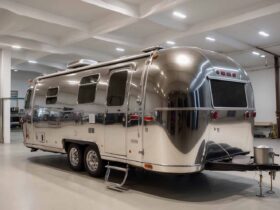
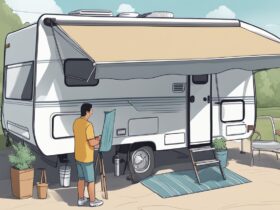
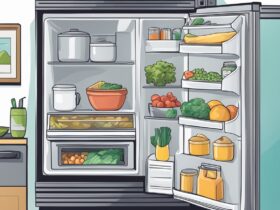
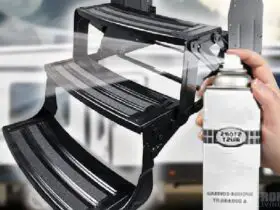
Leave a Reply